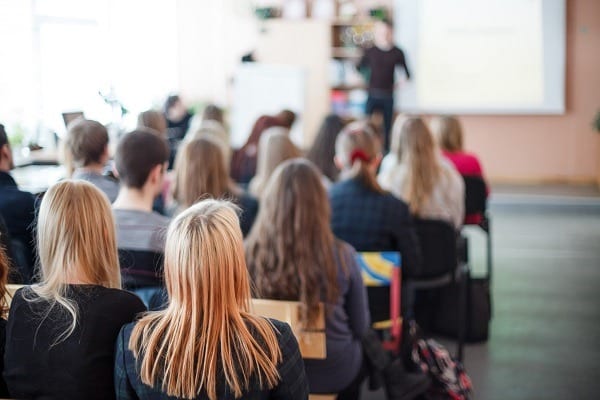The Programme for International Student Assessment 2018 results, released on Tuesday, indicates a continuing long-term decline for Australian students in all three major subject areas – reading, mathematics and science.
Performance in mathematics has been declining since 2003, and science has been declining since 2012. Compared with the top-performing country, Singapore, the Austalian students who sat the PISA test in 2018 were three years behind in mathematics.
Mathematics results were down in all states and territories across Australia, with South Australia, New South Wales, Tasmania, Western Australia and the ACT experiencing the largest declines.
While Australia’s reading performance is similar to that observed in 2015, a longer-term trend indicates reading has been steadily declining from initially high levels in 2000. The most rapid declines in reading were observed among Australia’s lowest achieving students.
There are now 10 countries with higher results in reading than Australia, 23 countries in mathematics and 12 countries in science.
The PISA is held every three years to test how well students in their final years of school apply their knowledge to real-life challenges.
Australia’s gender gap in mathematics, which had closed in 2015, opened again in 2018, with female students falling behind their male counterparts. Boys outperformed girls by 6 points, 1 point more than the average gender gap in mathematics across OECD countries.
In science, girls and boys perform similarly in Australia, while across OECD countries, girls tend slightly outperform boys.
Girls continued to outperform boys in reading in 2018, however this gap was smaller to that observed in 2009, as boys’ performance remained stable and girls’ performance declined over the period.
High-performing boys in maths and science are more likely than similarly high-performing girls to expect to work as an engineer or science professional. One in three of these high-performing boys expected to work in this field at the age of 30, compared to one in five girls.
Among high-performing girls, one in three expect to work in health-related professions, while only one in six boys expects to do so.
Four per cent of boys and a “negligible” percentage of girls in Australia expect to work in ICT-related professions.
When you underfund education and underpay teachers you don’t get good results. It’s pretty simple. https://t.co/aAFMkQbmzQ
— Dee Madigan (@deemadigan) December 3, 2019


